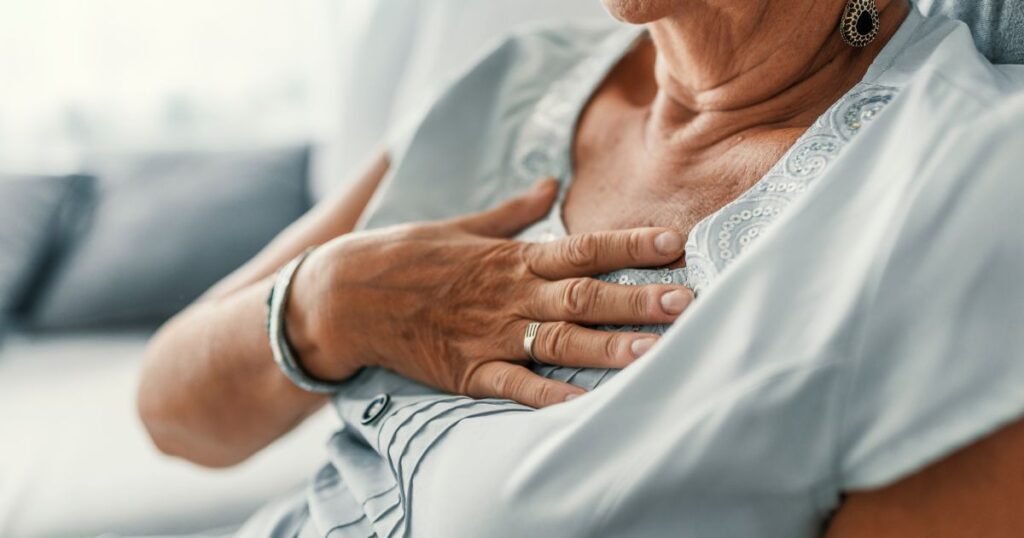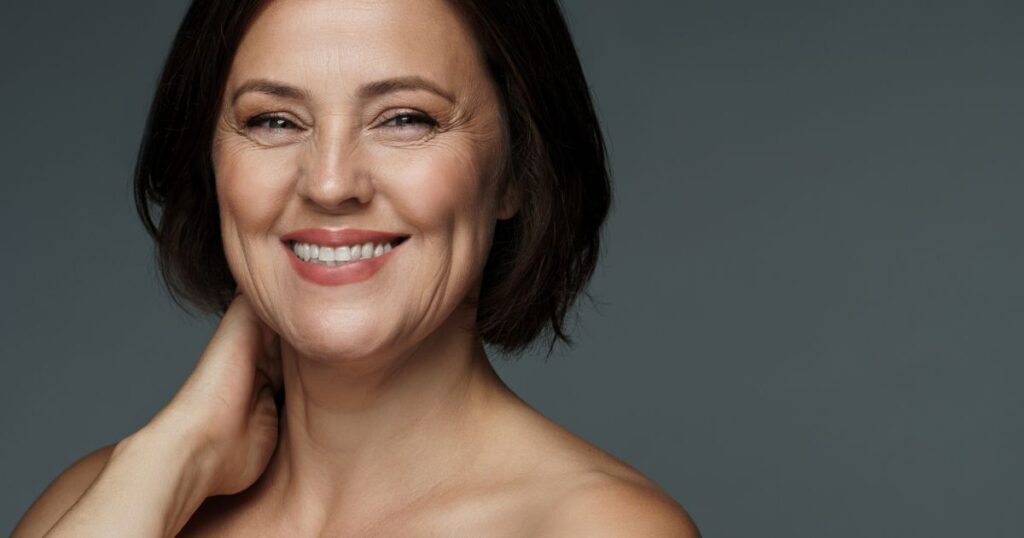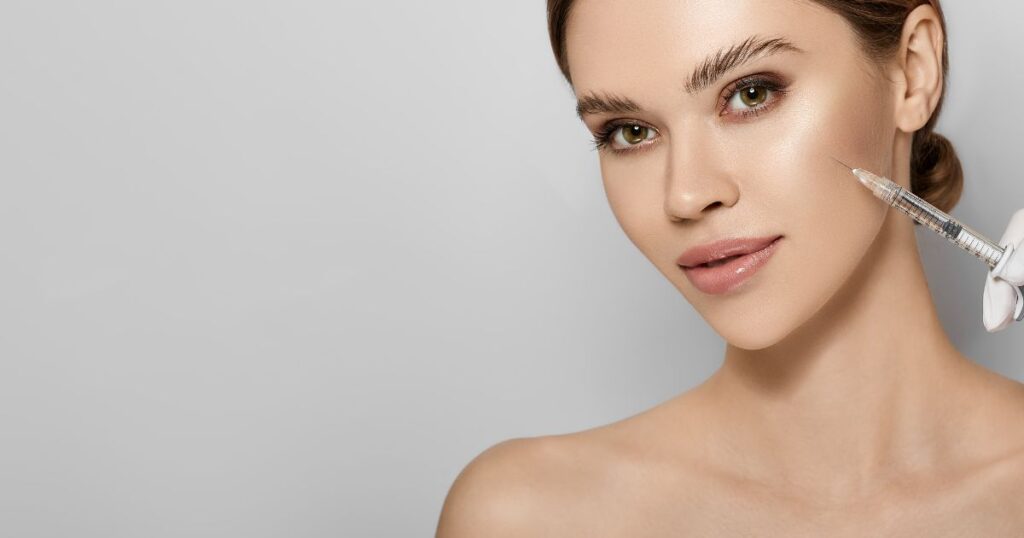Chest wrinkles, often referred to as décolletage or cleavage wrinkles, can be a cause of concern for many individuals. Factors such as aging, sun exposure, sleeping positions, and lifestyle habits contribute to the development of fine lines and creases on the chest. In this comprehensive guide, we will explore the common causes of chest wrinkles, effective methods to remove them, and lifestyle habits to prevent their reappearance.
Causes of Chest Wrinkles

Aging
As we age, the natural process of collagen and elastin production slows down, leading to a loss of skin elasticity and the appearance of wrinkles.
Sun Exposure
Excessive exposure to UV rays from the sun or tanning beds accelerates premature aging, causing fine lines, dark spots, and wrinkles on the chest.
Sleeping Positions
Sleeping on the side or stomach causes friction and compression of the skin, contributing to the formation of wrinkles.
Smoking and Poor Lifestyle Choices
Smoking accelerates collagen and elastin breakdown, while poor lifestyle habits like inadequate sleep and dehydration negatively impact skin suppleness.
Genetics and Environmental Factors
Genetics play a significant role in determining when wrinkles appear, and various environmental factors can speed up the aging process.
Weight Fluctuations and Pregnancy
Rapid weight gain or loss can stretch and sag the skin, contributing to the development of chest wrinkles. Pregnancy, in particular, leads to skin stretching.
Lack of Regular Skincare Routine
Neglecting to moisturize and care for the chest skin can result in dryness and the appearance of wrinkles.
How to Get Rid of Chest Wrinkles: 9 Methods

Topical Treatments
Use daily applications of moisturizing and anti-aging products on cleansed skin, particularly before bedtime. Enzymes in exfoliants can remove dead skin cells, promoting healthy, wrinkle-free skin.
Targeted Exercise
Engage in specific exercises like pushups or yoga to improve skin elasticity and volume. Regular exercise enhances circulation, rejuvenating and nourishing the skin.
Laser Resurfacing
Highly effective in erasing wrinkles, laser resurfacing stimulates skin cell regeneration, resulting in healthy, smooth, and bright skin.
Hormone Replacement Therapy
For menopausal individuals experiencing severe wrinkles, hormone replacement therapy aids in collagen production, positively impacting skin texture and elasticity.
Botox or Dermal Fillers
Injectables like Botox freeze muscles causing dynamic wrinkles, while dermal fillers restore lost collagen, adding volume to the skin.
Microneedling
Minimally invasive microneedling stimulates collagen production, improving skin texture and reducing wrinkles on the chest.
Chemical Peels
Chemical peels effectively reduce chest wrinkles by promoting skin renewal and collagen production.
Fat Transfers
Fat transfers involve transferring fat to add volume, addressing chest wrinkles and providing natural, lasting results.
Silicone Décolleté Pads
Medical-grade silicone pads worn on the chest create a seal, trapping moisture and preventing the formation of wrinkles.
How to Prevent Chest Wrinkles?

Apply Sunscreen
Wear and reapply sunscreen, even on cloudy days, to protect the thin and sensitive skin on the chest from UV damage.
Cover Your Chest in the Sun
Protect your chest from direct sunlight with clothing or accessories, minimizing the risk of sunburn and wrinkles.
Avoid Scrunching Your Chest
Choose well-fitting undergarments and avoid constricting bras and sleeping positions that can cause skin folding.
Exercise Regularly
Engage in targeted exercises like yoga and pushups to maintain soft and supple chest skin.
Quit Bad Habits
Quit smoking and reduce alcohol intake to prevent collagen breakdown, nutrient depletion, and skin inflammation.
Watch Your Diet
Maintain a balanced diet rich in nutrients, amino acids, and antioxidants to preserve youthful skin.
Stay Hydrated
Drink at least 8 glasses of water daily, increasing the amount during exercise or in hot conditions.
Adopt a Proper Skincare Routine
Extend your skincare routine to include the chest, with regular moisturizing and exfoliating to reveal youthful skin.
Chest Wrinkles: Insights from Dermatologists
Décolletage and Signs of Aging
Dermatologists emphasize the importance of addressing chest wrinkles and offer various treatments for effective results.
- Professional Treatments
- Fractional Laser Resurfacing
- Micropeels
Read Also:
Unveiling the Power of Skill-Related Fitness
FAQs:
Can chest wrinkles be completely eliminated?
While complete elimination may not be possible, various treatments and preventative measures can significantly reduce the appearance of chest wrinkles.
How often should I apply sunscreen to my chest?
Sunscreen should be applied every couple of hours, especially during prolonged sun exposure. Even on cloudy days, UV rays can penetrate and cause skin damage.
Are there any side effects of using silicone décolleté pads?
Silicone pads are generally safe, but individuals with sensitive skin should perform a patch test. They aim to prevent and reduce wrinkles by maintaining optimal skin hydration.
Conclusion:
Chest wrinkles can be effectively managed and prevented through a combination of skincare routines, lifestyle adjustments, and professional treatments. By understanding the causes and adopting proactive measures, individuals can maintain smooth and youthful-looking décolletage. Explore the recommended methods, incorporate them into your routine, and consult with dermatologists for personalized guidance on achieving and maintaining healthy skin. Remember, your chest and neck should be as much of a focus in your skincare routine as your face. Start by cleansing and exfoliating your décolletage regularly and wearing sunscreen on this area of your body to prevent premature signs of aging. Before implementing a regimen, however, consult with a qualified dermatologist to ensure the products you use are a match for your skin type.

